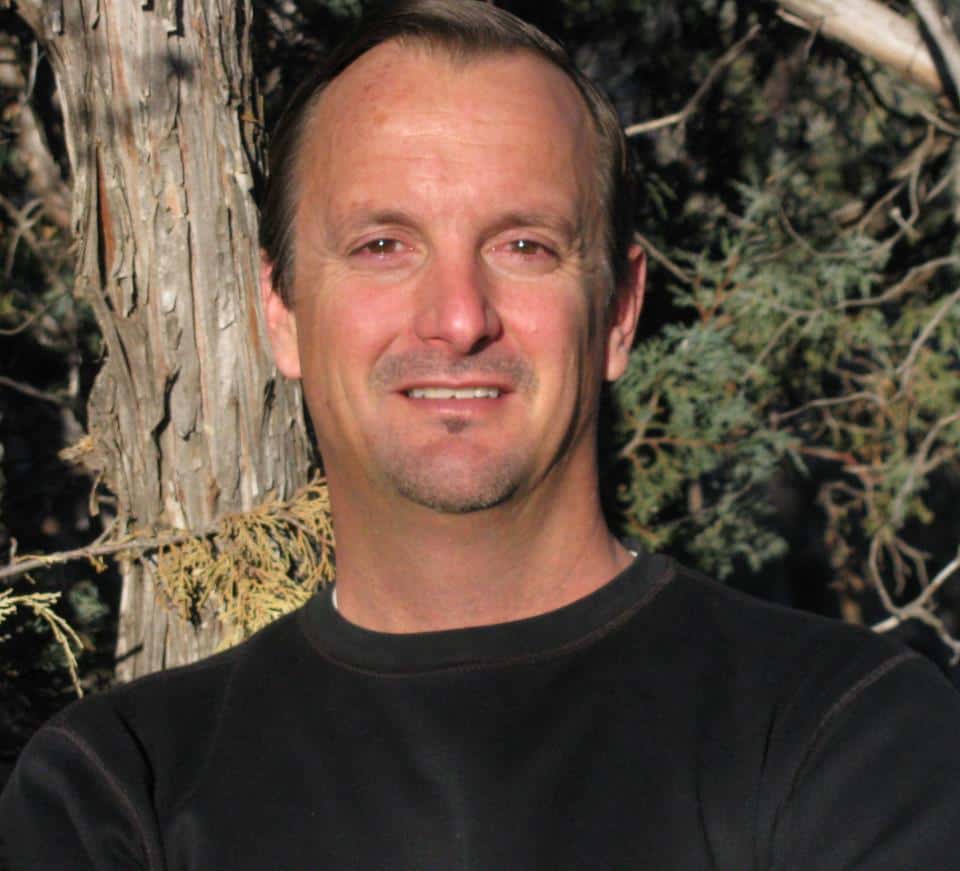Here are two articles, one in the NY Times
and one in the Denver Post.
Here is an excerpt from the Times of some info that wasn’t highlighted in the Post article.
Mr. Keating, the study’s lead author, said such operations would be dangerous even with newer equipment. “There are extremely irregular wind currents because of the heat coming off the fire,” he said. “You’re at high elevation and low altitude in irregular terrain,” close to the ground in mountainous areas, “and, oh, by the way, it’s on fire.” In some crashes, pilots may have become lost in the smoke.
But the RAND study argues that more frequent drops of water may be more effective. A scooper plane, which flies about 100 miles an hour over a river or lake and lowers a small scoop to skim off hundreds of gallons in a few seconds, can manage 60 loads a day if the water is convenient. That may be 10 times the capability of a plane dropping retardant. Two-thirds of the fires fought by the Forest Service are within 10 miles of a suitable body of water, the study said, and fires near towns are even more likely to be near water.
Another goal is to spot emerging fires that can be stopped by dropping water or retardant and focus on those, a challenge that the study called “dispatch prescience.” Some firefighting assets, including helicopters, move so slowly that positioning them in places where they are most likely to be needed is an important step.
Firefighting strategy has other complications. Some environmental experts worry that scooper planes, or helicopters that lower buckets to collect water, could spread exotic mussels that contaminate rivers or lakes. And in some places, planes dump saltwater on the soil.
The Forest Service contracts for a variety of aircraft, mostly converted antisubmarine warplanes from the middle of the last century. At times it has used the Bombardier 415, a Canadian plane designed to fight fires. The plane can land on water, but refills its tanks, totaling 1,600 gallons, by skimming water off the surface in a fast pass.
A California company, International Emergency Services, has been trying to market a Russian plane that holds 3,000 gallons. This year, the company flew two Forest Service engineers to Russia to evaluate the plane, the BE-200. David Baskett, the president of International Emergency Services, offered to bring the plane to the United States for a “flyoff,” but, he said, the Forest Service has not responded.
Mr. Tidwell said the Federal Aviation Administration had not certified the Russian plane for commercial use. F.A.A. rules would allow the Forest Service to use the plane if it wanted to, but government agencies without extensive in-house expertise in aviation often defer to the F.A.A.
One drawback is price. The Canadian plane’s list price is about $35 million. The Russian plane’s is about $50 million. Discounts are common, though, for volume purchases.
Note from Sharon: I’m wondering why Rand was chosen for this study… and $800K is a chunk of change. Take a look at the backgrounds of the lead author and the others.. I wonder if this grant were competitively awarded and what the qualifications of the other groups might have been? When does “objectivity” (distance) bleed into “not knowing about or understanding”? Always a question to consider when we are on the practitioner/academic divide…




